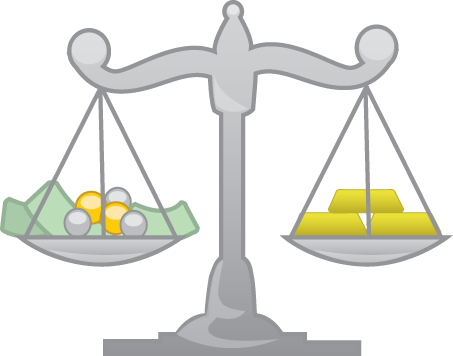Evaluating Your Business Investments
Evaluating Your Business Investments
Businesses often face the need to spend large amounts of money on assets that will be functional for many years. Here are a few examples:
- Equipment to improve an unsafe work situation or to protect the environment
- Equipment to test the consistency of products as required by the customer
- Equipment to package, label, and ship products according to the customer’s specifications
- Equipment to reduce labor costs and improve the quality of products
- Purchase of a building instead of leasing space
Expenditures made for long-term assets are referred to as capital expenditures and are recorded as assets on the balance sheet. During the years that these assets (other than land) are used, their costs are systematically moved from the balance sheet to the income statement through Depreciation Expense.
Capital Budgeting Business Investments
 Limitations such as time, money, and logistics frequently prevent a company from moving forward with too many major expenditure projects at the same time. Instead, a company will often rank its projects by priority and profitability. By using a process called capital budgeting, the company decides which capital expenditure projects will be undertaken and when.
Limitations such as time, money, and logistics frequently prevent a company from moving forward with too many major expenditure projects at the same time. Instead, a company will often rank its projects by priority and profitability. By using a process called capital budgeting, the company decides which capital expenditure projects will be undertaken and when.- At the top of the list of capital expenditure projects are those for which no real choice exists (e.g., installing an updated sewer line within the plant to replace one that is leaking, correcting a safety hazard, correcting a code violation, etc.). The remaining capital expenditures are usually ranked according to their profitability using a capital budgeting model.
Capital Budgeting Models
There are a number of capital budgeting models available that assess and rank capital expenditure proposals. Let’s take a look at four of the most common models for evaluating business investments:
- Accounting rate of return
- Payback
- Net present value
- Internal rate of return
While each of these models has its benefits and drawbacks, sophisticated financial managers prefer the net present value and the internal rate of return methods. There are two reasons why these models are favored: (a) all of the cash flows over the entire length of the project are considered, and (b) the future cash flows are discounted to reflect the time value of money.
Tag:Finance

